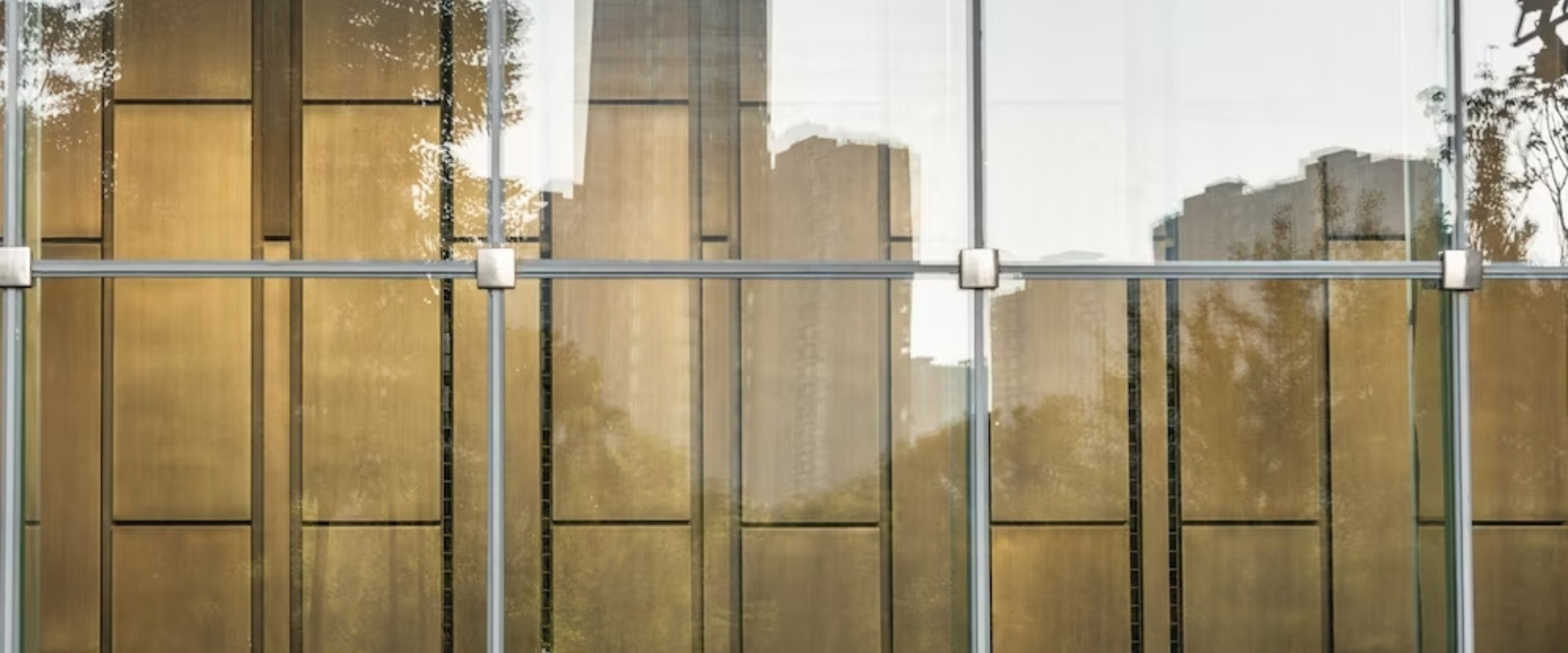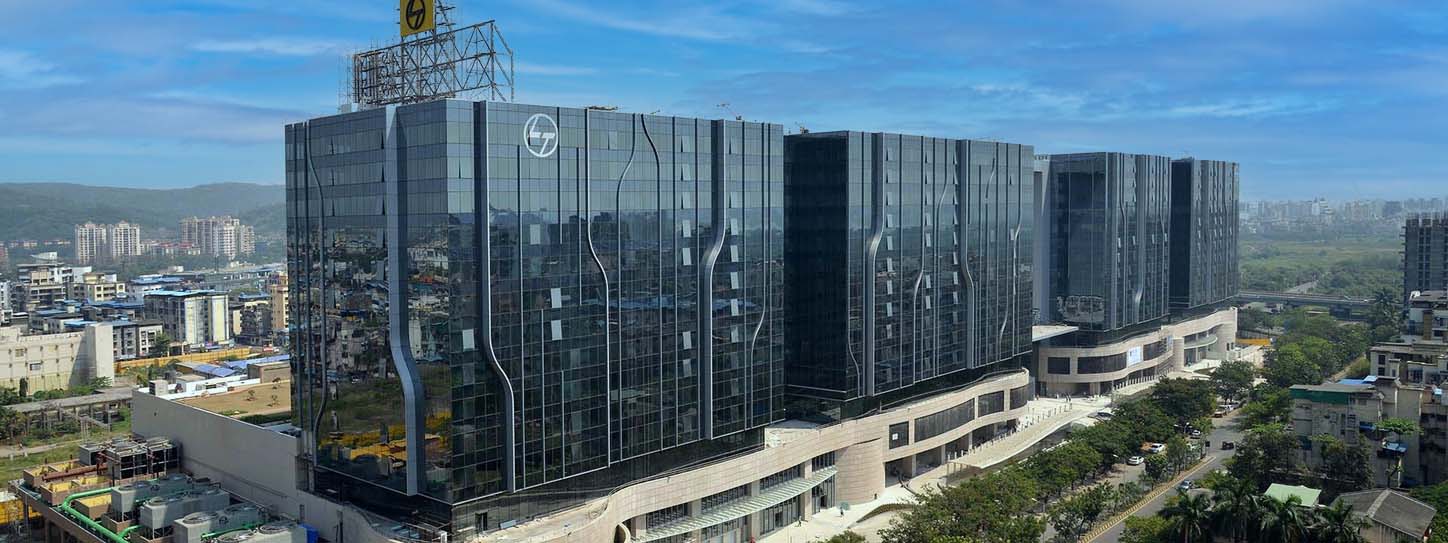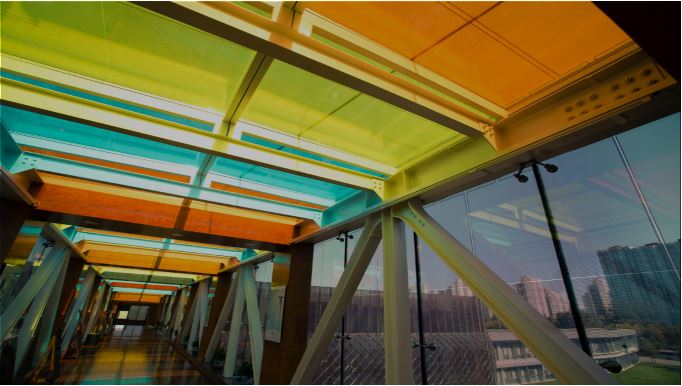How Is Bulletproof Glass Made? Unveiling the Manufacturing Process
Bulletproof glass is a remarkable material that provides enhanced security and protection against projectile attacks. It is widely used in various applications, ranging from high-security facilities to everyday objects like vehicle windshields. Have you ever wondered how this specialized glass is made? In this blog, we will delve into the manufacturing process of bulletproof glass, exploring the key steps involved and the materials used to create this advanced protective barrier.
Materials Used in Bulletproof Glass:
Bulletproof glass is typically a composite material, consisting of multiple layers bonded together. The choice of materials plays a vital role in determining the glass's ability to resist ballistic threats. The primary components used in bulletproof glass manufacturing are:
a) Polycarbonate: Polycarbonate is a robust, transparent thermoplastic known for its impact resistance. It is often used as the inner layer of bulletproof glass due to its ability to absorb and dissipate energy from high-velocity impacts.
b) Laminated Glass: Laminated glass, also known as safety glass, is made by sandwiching a layer of polyvinyl butyral (PVB) between two or more layers of glass. PVB acts as an adhesive and prevents the glass from shattering upon impact, providing additional strength and safety.
The Manufacturing Process:
The production of bulletproof glass involves several meticulous steps to create a strong and resilient protective barrier. The general manufacturing process includes:
Step 1: Design and Specifications:
The process begins with designing the bulletproof glass, considering the required level of protection and the specific ballistic threats it needs to withstand. The design takes into account factors such as the number of layers, the thickness of each layer, and the composition of the glass.
Step 2: Glass Cutting and Shaping:
The glass sheets are cut into the desired shape and size based on the design specifications. This step involves using specialized cutting tools and machinery to achieve precise dimensions.
Step 3: Polycarbonate Layer Preparation:
The polycarbonate layer is prepared by cutting it to match the size and shape of the glass sheets. The polycarbonate layer is often thicker than the glass layers to provide optimal impact resistance.
Step 4: Layer Bonding:
The layers of glass and polycarbonate are bonded together using heat and pressure. The glass sheets are stacked with the polycarbonate layer(s) in between. The entire stack is placed in an autoclave, where heat and pressure are applied to fuse the layers together.
Step 5: Cooling and Inspection:
After the bonding process, the glass composite is allowed to cool down gradually to ensure stability. Once cooled, the glass is thoroughly inspected for any imperfections or defects that could compromise its integrity or transparency.
Step 6: Finishing:
The finished bulletproof glass undergoes final processing, which may include cutting it to the desired shape, polishing the edges, and applying any additional coatings, such as anti-reflective or UV protection coatings, depending on the specific requirements.
Testing and Certification:
Before being released for commercial use, bulletproof glass undergoes rigorous testing to ensure it meets specific standards and performance criteria. The glass is tested against various ballistic threats, such as specific bullet calibers and velocities, to assess its ability to resist penetration and maintain structural integrity.
The manufacturing process of bulletproof glass involves the careful selection and bonding of materials to create a strong and resilient protective barrier. By combining polycarbonate and laminated glass, this composite material provides effective defense against projectile attacks, ensuring the safety and security of individuals and property. The intricate process of designing, cutting, bonding, and testing enables bulletproof glass to meet stringent standards and deliver reliable protection in diverse applications, from high-security facilities to everyday use in vehicles and buildings.

You might also like
Feb 21, 2022 by TARIQ KACHWALA
Feb 21, 2022 by TARIQ KACHWALA
Feb 23, 2022 by TARIQ KACHWALA









